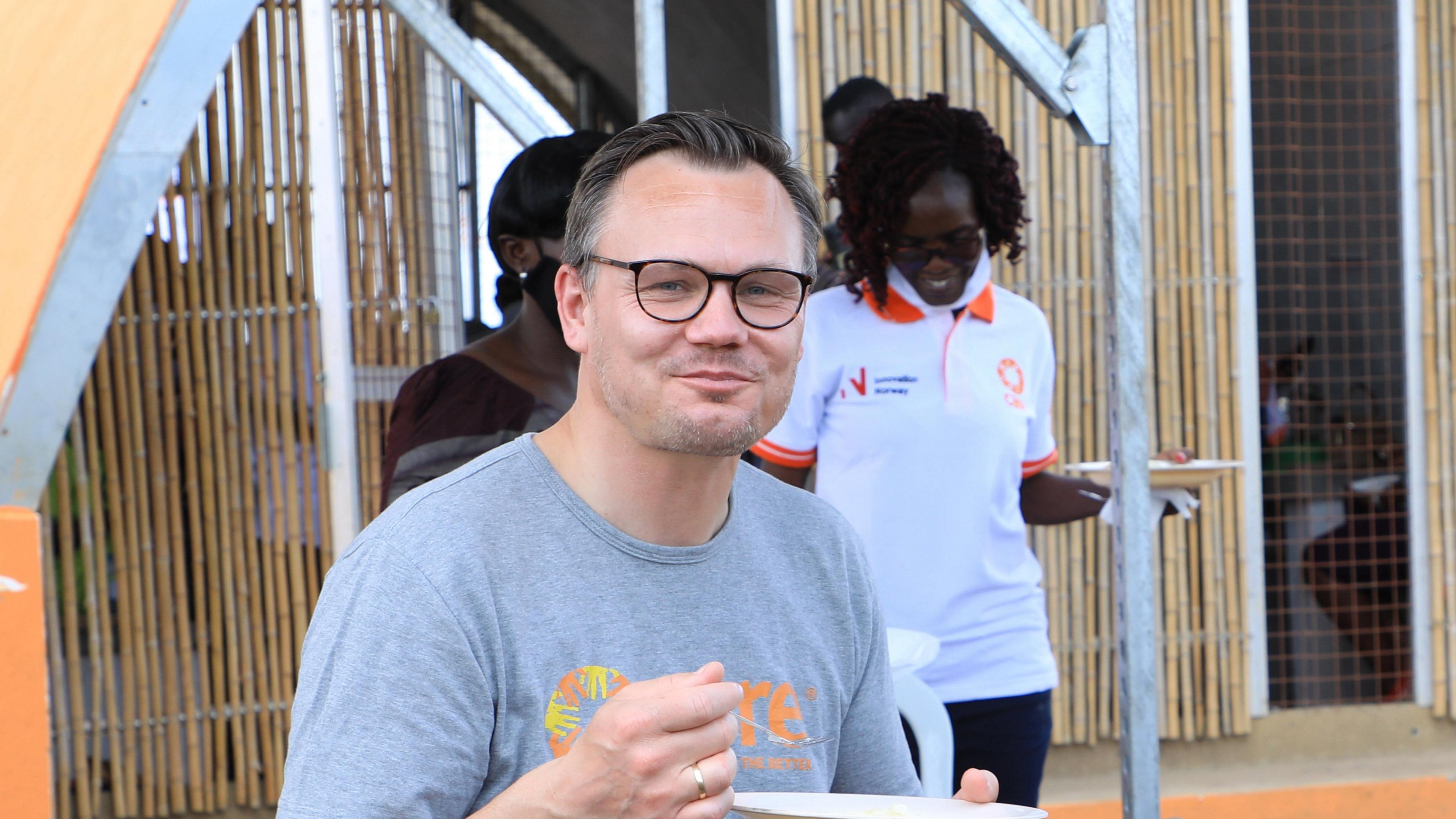Meet the project manager for Camp+
 © CARE
© CAREThe environmental impact of refugee settlements is significant, and at the same time displacement situations are increasingly becoming more long-term. The Camp+ team wants to promote the idea that refugee settlements can become productive and environmentally, socially and economically sustainable communities. To do this, CARE is rethinking humanitarian response. Sustainable business models and livelihood opportunities are crucial to reach their goal. The project is led through a consortium consisting of CARE Norway, CARE Denmark, CARE Uganda and private partner PESITHO.
What 3 words can best describe the Camp+ project team?
- Diverse, dedicated, and ambitious.
How did your team go about to design the sustainable business model for the Camp+ project?
- The sustainable business models for Camp+ were initially developed during the first field assessment where the team of experts were exploring the challenges identified and engaged with refugees to better understand their needs. They were then refined during the subsequent design sprints.
The Community Kitchen model was essentially developed to respond to the need for clean cooking, and at the same time trying to address the issue of costs. At the Community Kitchen more refugees would be able to use the same electric cooker based on a user fee or subscription model, thereby both enabling sharing of equipment and reducing the upfront costs of purchase. As it was solar powered, we could simultaneously offer charging services for mobile phones or other portable devices, which is something there was a market for already.
The business model for the plastic waste recycling unit was developed using circular economy principles. Plastic waste is being upgraded to new products that will be sold inside or outside the refugee settlement. We were looking at producing products that would be meaningful to refugees or host communities. As an example, we are currently upcycling used water purification bags distributed by 4LifeSolutions into roof tiles. Therefore, we early on had to look at current market prices for similar types of products to get a sense of whether the products we could produce would be competitive, considering our expected production costs.
Why are the business models part of the project? What are the goals and benefits?
- We were considering business models from the outset, as we wanted to test solutions that had the potential to scale. There are numerous ways of taking solutions to scale, but marked based innovations have the in-built advantage that they generate revenue that can stimulate growth. Using business model thinking was therefore a powerful way to enable large scale change.
How do you see the private sector contributing to humanitarian response in the future?
- We are seeing more private sector actors contributing to addressing challenges in humanitarian responses, including from an evolving impact start-up community. This is an interesting development, and we expect to see more collaboration between NGO’s, companies, and academia in the future, utilising the full bandwidth of knowledge and expertise in contributing to humanitarian response.
The Humanitarian Innovation Programme is a proud supporter of the project, which has gone through the Innovation Lab grant scheme, and is now rigging to scale through the Scaling and Diffusion grant scheme. You can read more about the project here.